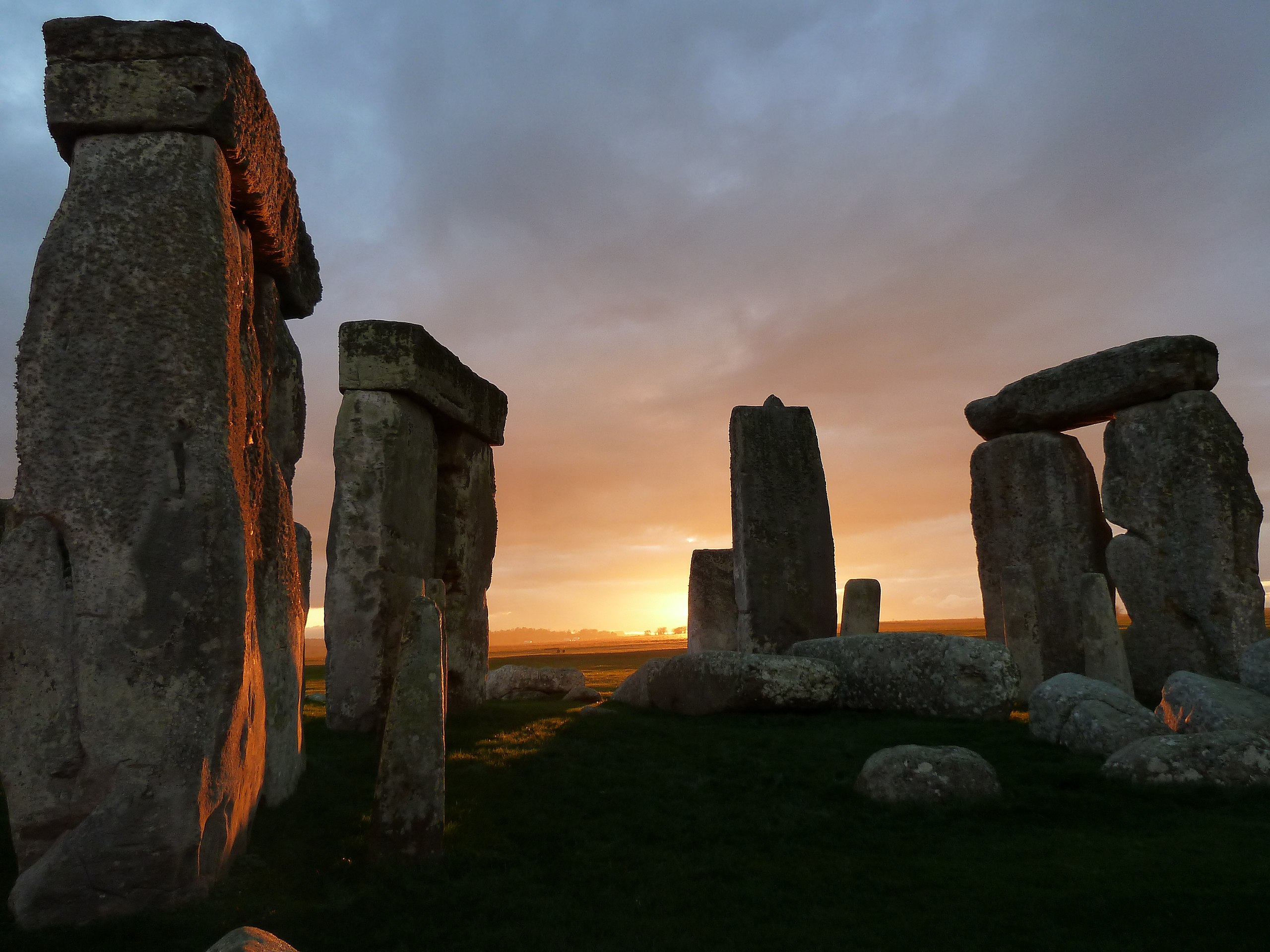
In the week of Halloween Dr Katy Soar, Senior Lecturer in Archaeology, who has edited a new collection of supernatural tales centred on stone circles, looks at the myths and magic surrounding these mysterious monoliths...
There is an Old English poem from the tenth century CE called ‘The Ruin’, which describes an old and crumbling Roman town, and begins with the words “Wrætlic is þes wealstan”. This is normally translated as ‘these stones are wondrous’, but more recently Peter Ackroyd (2010) suggested a different translation: “wraith-like is this native stone”.
If we shift our eyes away from a Roman town and focus instead on the various prehistoric megalithic monuments that dot the British Isles, this translation seems particularly apt. Because these stones – the stone circles, solitary standing stones, stone rows, and dolmens – are both wondrous and wraith-like, and have inspired countless tales and stories that are informed with that sense of both wonder and eeriness.
If a wraith is a spirit of a person long since departed, then stone monuments are the ghost of the societies that built and used them. But these people left no writing to tell us who they were and why they built these circles, so in that place people have filled in the gaps with stories – and often these stories are sinister and uncanny, to fit their ‘wraith-like’ nature.
So it seems appropriate that I’m writing this blog post at Halloween, a time when, traditionally, it was felt that the “spirits of darkness and fear, the evil and malevolent forces of nature, were let loose upon the earth”, as historian of witchcraft and magic Ronald Hutton has put it (2014). Because often the stories that have been told about stone circles speak to the same theme – and this is a theme that I have collected for a new volume in the popular British Library ‘Tales of the Weird’ series, entitled Circles of Stone: Weird Tales of Pagan Sites and Ancient Rites.
Many of these stories are based in the folklore that has grown up around stone circles since the Middle Ages, and which often associates them with otherworldly beings. Given the size of many of these stones, it is not surprising that early writers associated them with giants: in 1136, Geoffrey of Monmouth described how the wizard Merlin created Stonehenge by moving the Giants’ ring from Mount Killaraus in Ireland, where it had originally been constructed by giants.
Witches were also considered to lurk or congregate at stone circles; Issobell Oige was executed for witchcraft in Aberdeen in 1597, and as part of her allegations she was accused of dancing with the Devil around the ‘ane gray stane’ at the hill of Craigleauch.
Stones were also believed to have an element of animation to them, in that they were either once living people, petrified forever as a result of their transgressions, or that the stones themselves have a degree of agency.
For the former, stones were frequently ordinary men or women punished for a sin committed on the Sabbath, usually dancing – such as at the Nine Ladies stone circle on Stanton Moor, Derbyshire - but they could also be playing sport or games, thieving or practising – continuing the theme discussed above – practicing witchcraft (Long Meg and Her Daughters, Cumbria).
Conversely, the stones are also thought to be alive; many folktales tell of their agency, their ability to bring on bad luck if disturbed, or even to move by themselves – at midnight, the King Stone and the Whispering Knights at the Rollright Stones are said to go down to the stream at Little Rollright Spinney to drink.
Stone circles have even been considered as sites of human sacrifice. From the seventeenth century, they began to be associated by antiquarians with Druids, the Iron Age priests of Britian and Gaul. Classical sources such as Caesar and Tacitus talk of Druids practicing human sacrifice; however in none of these sources do they mention stone circles or standing stones.
However, this did not stop antiquarians such as John Stukeley and William Borlase from drawing a connection between them. While the academic community began to call this connection into question by the nineteenth century, the connection remained and continued in popular culture, even to this day, their ‘wraith-like’ nature lending themselves well to stories such as this.
The stories I have brought together in this collection range in date from 1893 to 2018, but all of them in some way draw on these traditions, some more traditional, others with a contemporary or modern twist. So, for example, E.F. Benson presents a more traditional take on the association between stone circles and pagan sacrifice, while Nigel Kneale - most famous as the writer of the TV film series Quatermass – writes of the perils of constructing your new build bungalow on the site of a stone circle.
What these stories show is that while academic debate may continue regarding the function and architects of these megalithic features, in popular imagination, stone circles never lose their power to enchant and disturb.
Back to media centre